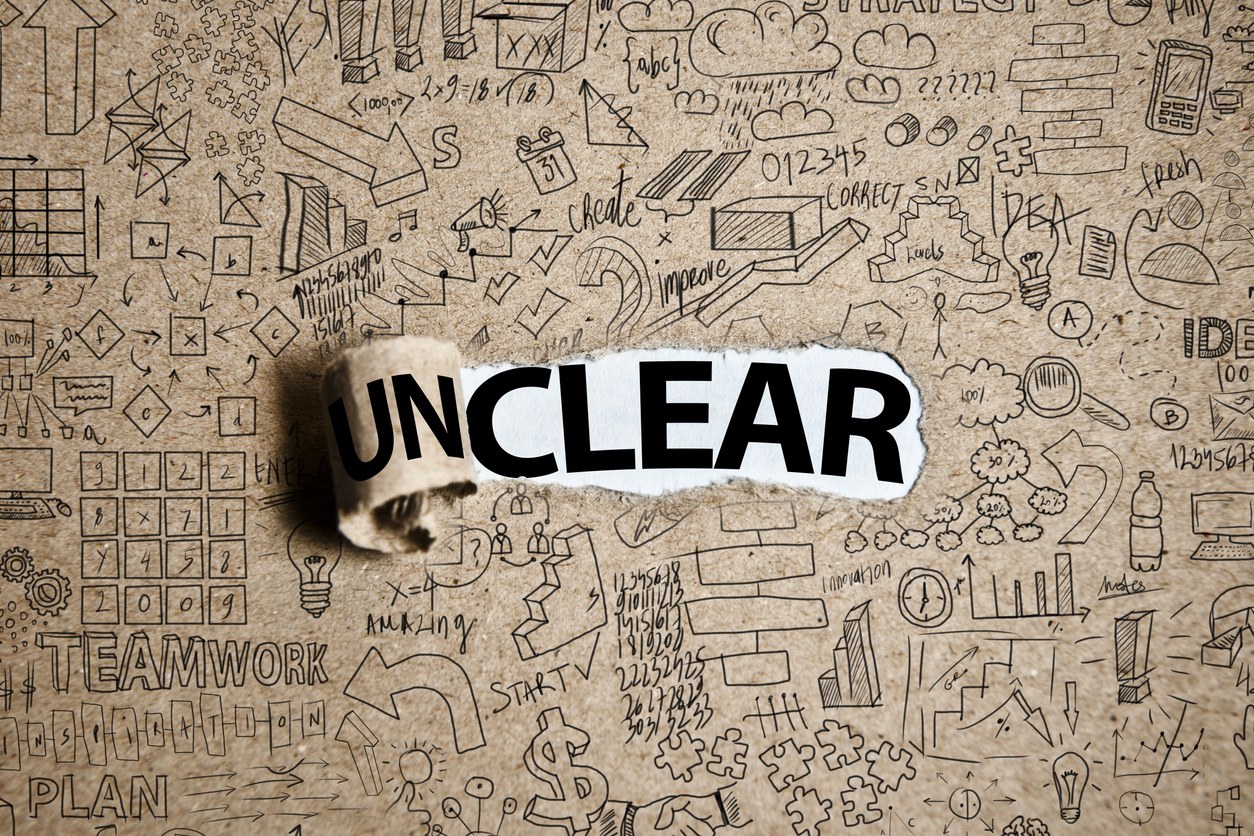A financially strong and profitable insurance industry is in everyone’s best interest. When insurance is profitable, companies sell more of their products, usually at more affordable rates. Consumers and insurers win. A tongue in cheek example of this is found in my line of work. Our firm wants insurance companies to sell as much of their product as they can. Affordable insurance with broad coverages sold to everyone gives insurance claims departments more opportunity to do what is in their short term economic interest—delay and deny payment of claims.
Unfortunately, 2008 has not been kind to property insurers. The Insurance Information Institute issued a press release indicating that the challenges came from unusually high catastrophe losses associated with hurricanes, tornadoes and fires. Indeed, the Insurance Service Office (ISO) reported that pure underwriting losses were much worse than 2006 and 2007:
"Insurers suffered $19.9 billion in net losses on underwriting through nine-months 2008 — a $38.2 billion adverse swing from insurers’ $18.4 billion in net gains on underwriting through nine-months 2007. The combined ratio — a key measure of losses and other underwriting expenses per dollar of premium — worsened to 105.6 percent in the first nine months of this year from 93.8 percent in the first nine months of 2007, according to ISO and the Property Casualty Insurers Association of America (PCI)."
Since there were few losses in 2006 and 2007, it is understandable that 2008 would be far different from an underwriting standpoint.
Yet, the significant and far more troubling financial event is the loss of investment dollars. Write- downs of investment assets have been historic and rampant in the property and casualty industry. Everest Re reported its third quarter results:
"Net after-tax realized capital losses totaled $245.7 million for the quarter compared to net after-tax realized capital gains of $14.1 million in the same period last year. Write-downs for other than temporary impairments, primarily emanating from financial sector bond holdings, comprised $131.1 million of this quarter’s net loss. The remainder of the quarter’s loss was about evenly split between fair value accounting adjustments principally related to equity securities and net realized capital losses on sales of securities."
Another example is Allstate, which reported in its third quarter results press release the following:
"As of September 30, 2008, Allstate’s consolidated total investments were $105 billion, with more than two thirds in investment grade fixed income securities. From June 30, 2008 to September 30, 2008, the Company’s portfolio value declined by approximately $8.6 billion, primarily reflecting reduced market valuations of $4.6 billion and net sales of $3.8 billion to fund net reductions in liabilities. The $4.6 billion decline in market valuations during the period was predominantly due to the widening of credit spreads and, to a lesser extent, equity market value declines. The decline was reflected through a $3.3 billion increase in net unrealized losses and $1.3 billion of realized capital losses.
Net realized capital losses for the third quarter of $1.3 billion on a pretax basis reduced net income by $728 million. Net realized capital losses primarily consisted of impairment writedowns of $666 million and change in intent writedowns of $453 million. While change in intent losses flow through the income statement, the Company believes the flexibility the classification provides enables it to execute faster market decisions. Since valuation related losses on these assets are realized each period, any potential losses realized upon sale will be limited to declines in value since the last reporting date.
Net unrealized losses, primarily reflecting depressed valuations from widening credit spreads, were $4.1 billion as of September 30, 2008. Gross unrealized losses as of September 30 were $6.3 billion, $2.5 billion higher than June 30, 2008. Given its current level of liquidity, the Company intends and believes it has the ability to hold these assets to recovery and therefore does not anticipate significant conversion from unrealized to realized losses."
You should study these paragraphs of Allstate’s press release. It lost a "realized" $1.3 billion in three months in capital investments. But the actual loss was a much greater decline of $8.6 billion because of "unrealized" losses totaling $6.3 billion. "Realized" and "unrealized" are accounting terms with rules that allow companies to avoid showing the actual loss of money. If your family wanted to know how much your stock and bond account showed as a loss, you look at both realized and unrealized amounts. Accounting rules allow Allstate to not realize their "unrealized" losses. Had Allstate sold those investments on September 30, the amount it lost in three months would include an additional $6.4 billion.
The Everest Re and Allstate examples are repeated throughout the property and casualty industry. Net worth and policyholder surplus are in decline because the financial investment losses are hurting the industry. Accordingly, the capacity to write as much coverage comes into play because an insurer can only write so much insurance based upon its assets. This is an issue for 2009.
Hopefully, even if asset values decline, investors will find insurance a profitable venture so that any capacity issues will be remedied with reinsurance monies available. But with hedge funds in decline and money simply sitting in safe havens, I am concerned the insurance industry may not be able to write as much coverage as it could in the past.
Still, given the economy, it would not be a strange event to have consumers of insurance products to reduce consumption because they cannot afford coverages at any price. They will choose to self insure and pray for no losses because that is the only financial thing they can do. Thus, a lose-lose situation for all—even my law firm. We are all in this together.



